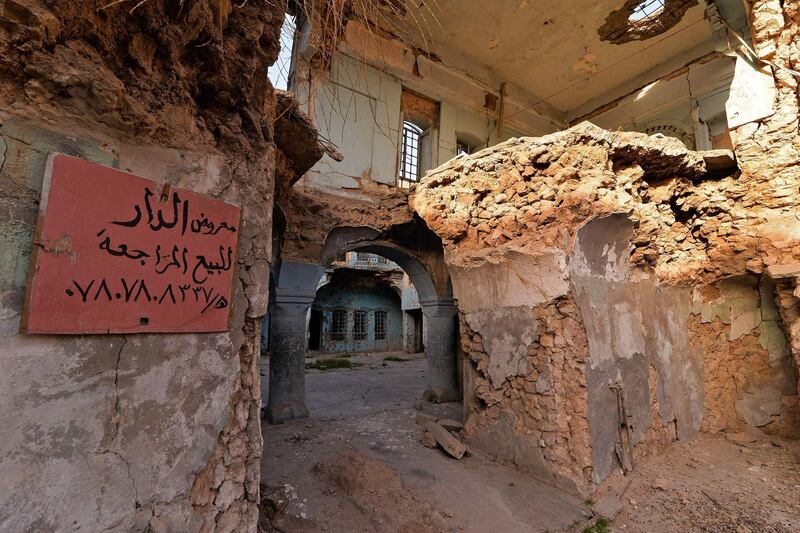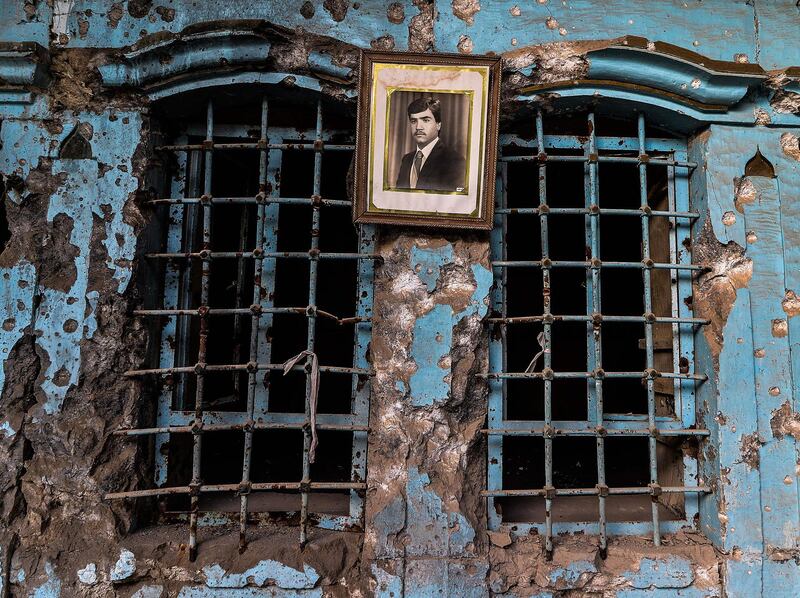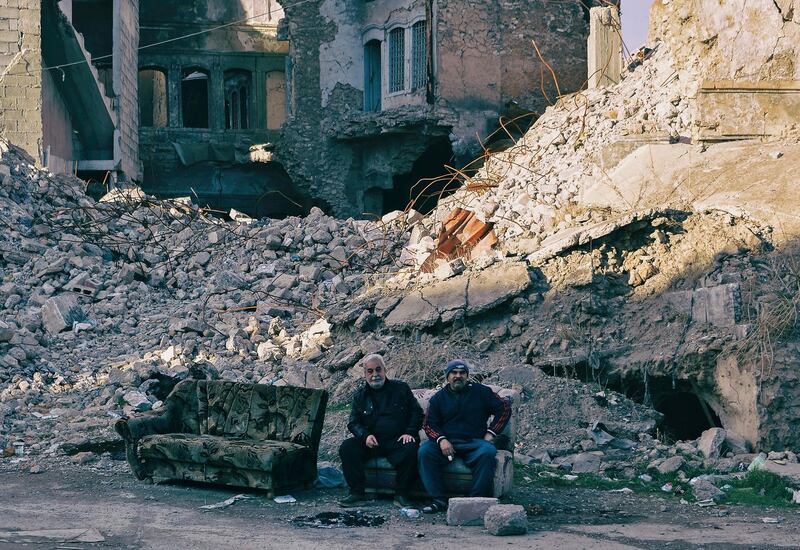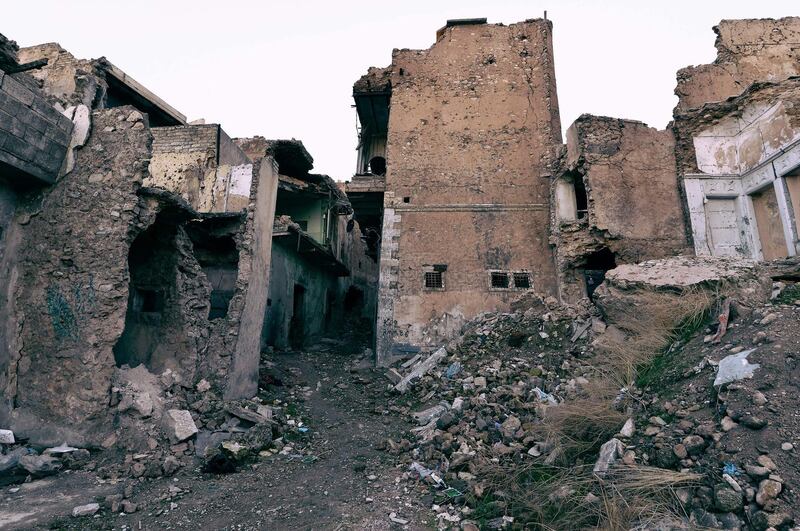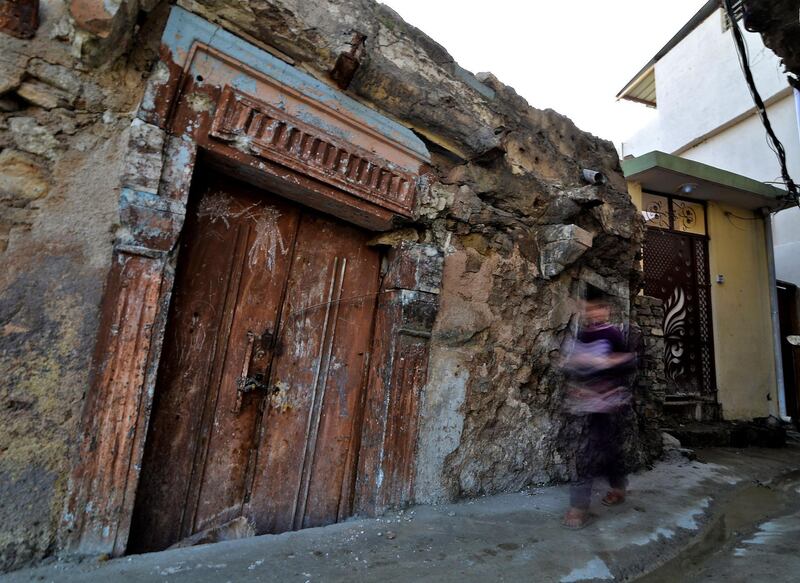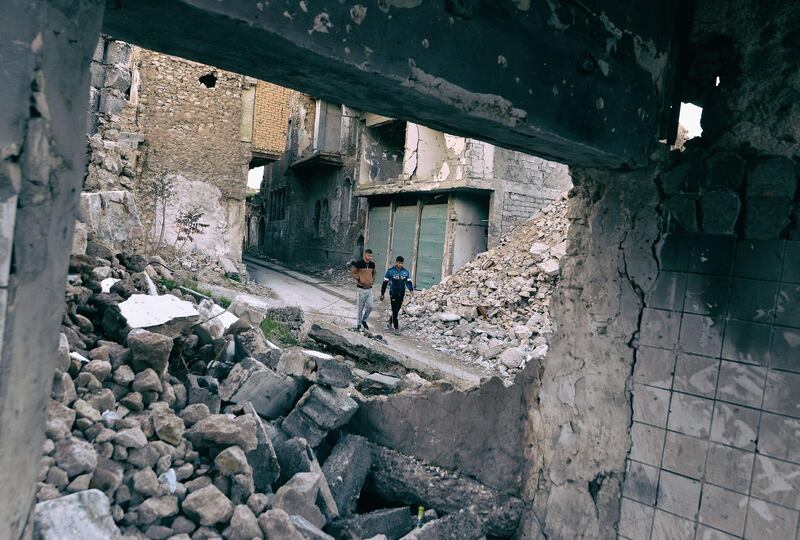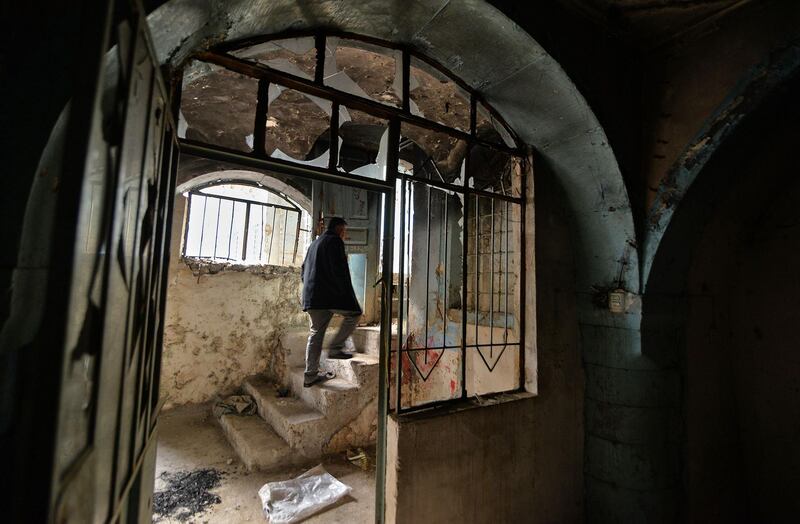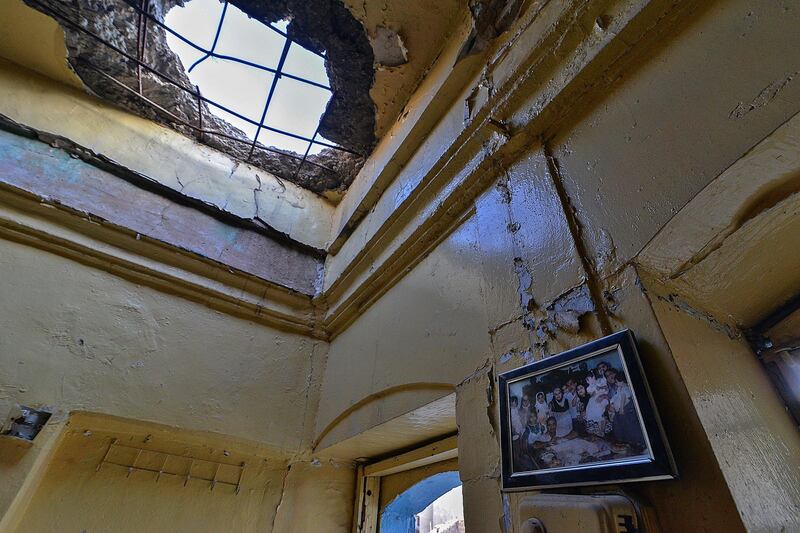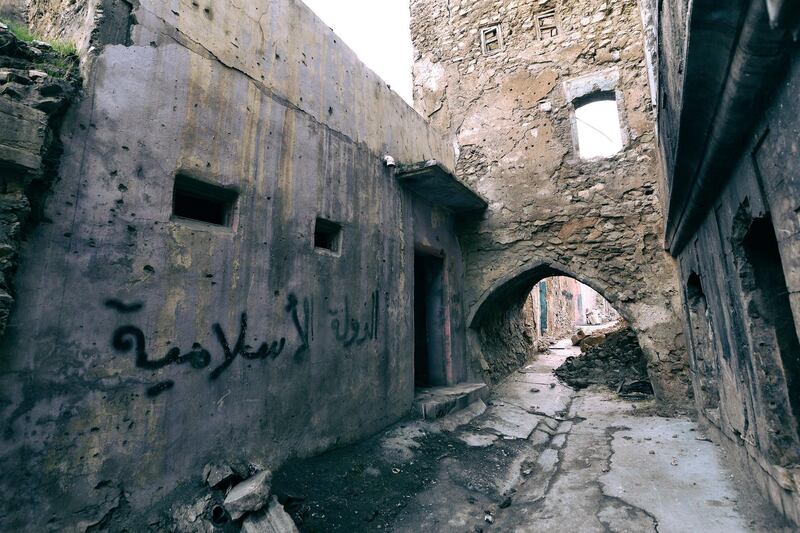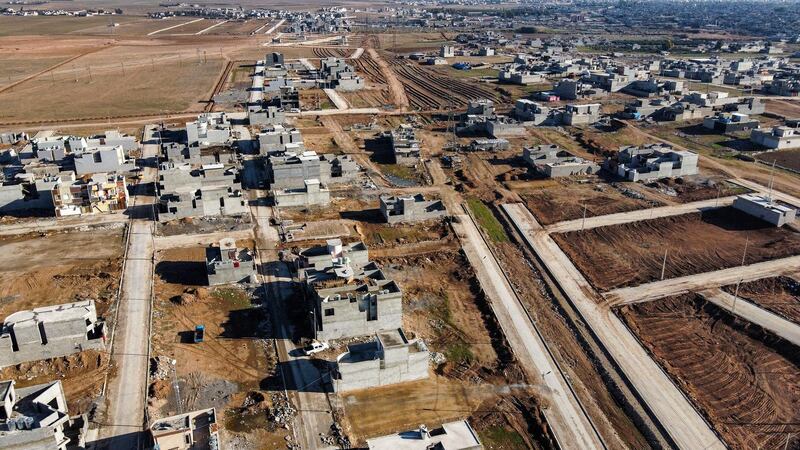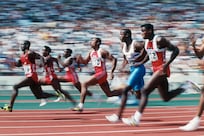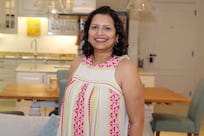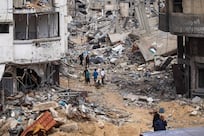Can art help rebuild a city? The answer may lie in Mosul.
In 2019, the Iraqi city, still scarred after years of ISIS occupation, welcomed the return of art to one of its prized cultural spaces – the Mosul Museum, where insurgents destroyed its collection of antiquities years earlier.
The exhibition Return to Mosul, developed by Al-Ghad Radio, featured 90 paintings and sculptures by artists from Mosul and other parts of Iraq. It marked the city's liberation and recovery, and acted as an expression of what people from Mosul, or Maslawis, had endured.
"Every painting has a story and a real person behind it. Some artists lived under the occupation and others saw what was happening. So this combination of complex emotions were delivered through these beautiful paintings," says Al-Ghad Radio's founder, Mohammad Alhashimie.
On the second anniversary of the show on Wednesday Al-Ghad Radio has launched an expansion of its initiative with a new online project titled The Art & Soul of Mosul.
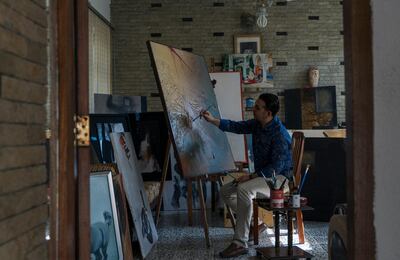
In one section, artist Hakam Al Kattib recalls painting in secret during Mosul’s occupation in fear that he would be targeted. “I was hiding in my atelier, resorting to the paintings that accompanied my loneliness. It was my paintings that helped me reveal what was inside, until I had produced more than one hundred works,” he says. His story is told in audio and video clips voiced by an actor.
After completing each painting, Al Kattib had to find a way to store it safely. “The idea of hiding them in the sub-ceiling of my atelier came, to keep my work away from the eyes of neighbours or ISIS members because the discovery of such things would lead to the amputation of the hand of the painter, at best,” he says. Despite this, Al Kattib was discovered by insurgents, who burnt his house and 114 of his paintings. His works shown in The Art & Soul of Mosul were created after the Iraqi military freed the city.
Meanwhile, works such as Mona Nahleh's Nostalgia and Abeer Arbid's Mother & Child illustrate the despair of life under ISIS, where repressive laws determined how people could dress or behave and where art and music were banned.

Other sections of The Art & Soul of Mosul feature 3D models of the city's first mosque and one of its oldest churches, made by a team of virtual reality designers in Mosul. Unlike the usual recreations of ancient sites, the virtual tours of the Church of St Thomas, which was used as a prison by ISIS, and the Umayyad Mosque display them in their current state – crumbling and neglected.
Alhashimie hopes this will highlight the buildings’ precarious conditions. “These models capture the situation of the historical landmarks as they are now. These places are not really getting the focus that they need,” he says, adding that renovation priorities are often directed elsewhere.
“People think that it is more important to build schools and hospitals rather than reconstruct these places, but I think both are important. Our history is what brings us to where we are now. It reminds people to stand up again and to create their own future,” he explains.
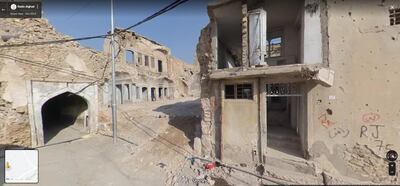
Reconstruction is under way for sites such as Al-Nuri Mosque, which was blown up by insurgents during their final days in Mosul. In 2018, the UAE government pledged $50.4 million (Dh185m) to restore the 12th-century mosque and its famous leaning minaret. The first phase of the restoration began last year. A 360° VR view of the mosque complex as it once was is included in the project, with narration about its history.
"These historical landmarks mean so much to the people of Mosul. It's part of their identity. It's something that people want to see back again, and we want to remind people of that memory through these archives and virtual reality videos," Alhashimie says.
Other digital reconstructions in The Art & Soul of Mosul include The Lion of Mosul. Once a towering Assyrian statue that guarded the Temple of Ishtar in Nimrud, it was among the antiquities destroyed by ISIS in 2015. The next year, Rekrei (formerly Project Mosul) digitally reconstructed the statue, along with the ruined Mosul Museum, using crowdsourced images and 3D modelling.
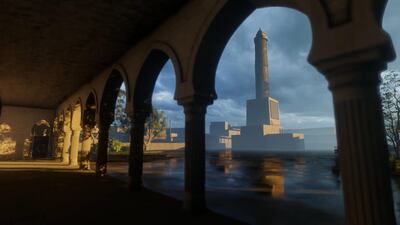
More contemporary views of Mosul and its rebuilding efforts are captured in various sections of Al-Ghad's latest online project, including a revitalisation effort in the neighbourhood of Al Mashahda, west Mosul, where a group of young volunteers transformed the walls of its buildings into colourful murals and shades of bright blue last year. The community initiative was documented by photographer Mohammed Abdulhaq.
"It is like the rehabilitation of the people's soul itself. Reviving landmarks and neighbourhoods in the west part of Mosul will be very important to get life back into the markets, and give life back to people originally from these places," Alhashimie says.
The Art & Soul of Mosul is the latest effort by Al-Ghad Radio, which started as an underground radio station operating amid the media blackout imposed by ISIS during its rule.
Back then, Alhashimie kept his identity a secret and went by the pseudonym Mohammed Al Maslawy while he broadcast the show from the border of Nineveh on the eastern side of Mosul. Many of his friends and family knew nothing about his involvement with the radio at the time.
After ISIS was finally forced out of the city by the Iraqi military in 2017, Al-Ghad Radio shifted its focus on the city's recovery and saw the significance of reviving its arts and culture.
“Sometimes you communicate through radio frequencies… but art is a universal language, where you can summarise a thousand words in one painting. This is where I think the power of art is something that can have a long reach,” Alhashimie says.
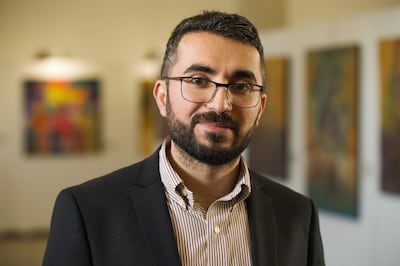
Following the Return to Mosul exhibition, Al-Ghad Radio's projects and collaborations have been aimed at promoting artists and the preservation of cultural heritage. Alhashimie hopes that The Art & Soul of Mosul picks up where the show left off, serving as a conduit of healing for many.
“People who came from places that were newly liberated, people who were traumatised and have suffered, they really engaged with the art. It was a way of expressing their feelings in a different format, so the expansion of that experience by hosting the works on an online platform will allow us to share the stories on a higher level.”
Read more
[ How an Iraqi artist is attempting to restock his country’s devastated libraries with blank books ]
[ Mosul's got talent: The Iraqi fashion designer blazing a trail in a long-suffering city ]
[ You can now take virtual tours of historic Egyptian archaeological sites ]
Al-Ghad is now working on a new initiative with young Maslawi musicians to form an orchestra that will play classical and contemporary music.
Mosul still has a way to go in its recovery. While infrastructure can be rebuilt, cultural destruction presents irretrievable losses. The ruins left by ISIS, along with the infliction of psychological trauma, will ripple throughout generations to come, but projects such as The Art & Soul of Mosul understand that the answers to destruction are preservation and creation. With every digital reconstruction and artistic expression, Maslawis allow themselves to remember and rebuild.
The Art & Soul of Mosul can be viewed on Google Arts & Culture

